Hermit crabs can live up to 30 years in the wild but survive on average 3-12 years as pets.
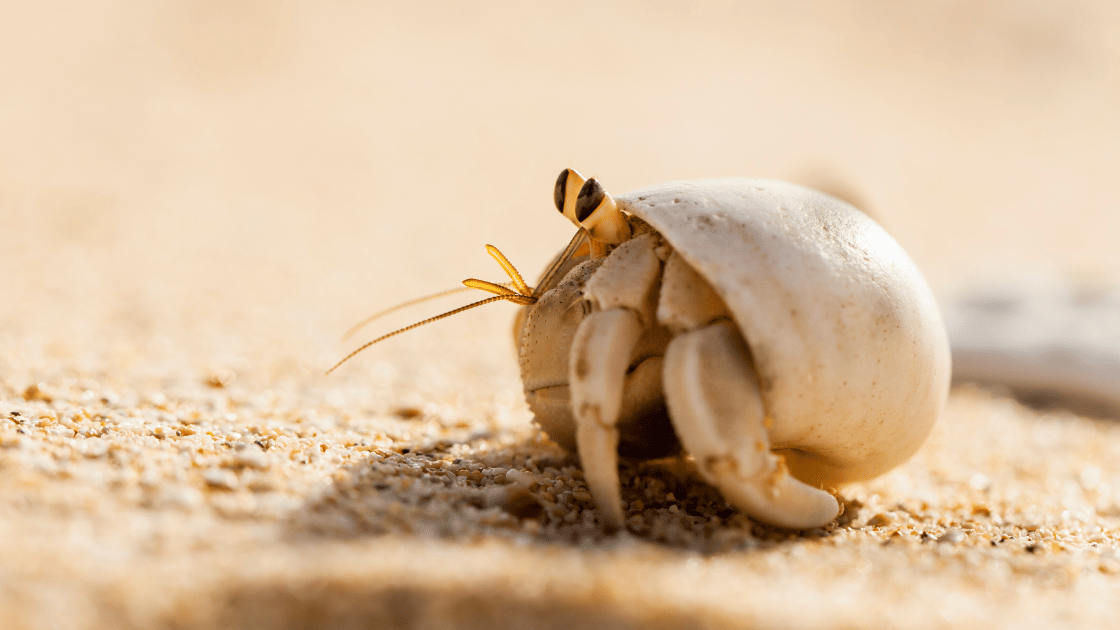

Hermit crabs can live up to 30 years in the wild but survive on average 3-12 years as pets.
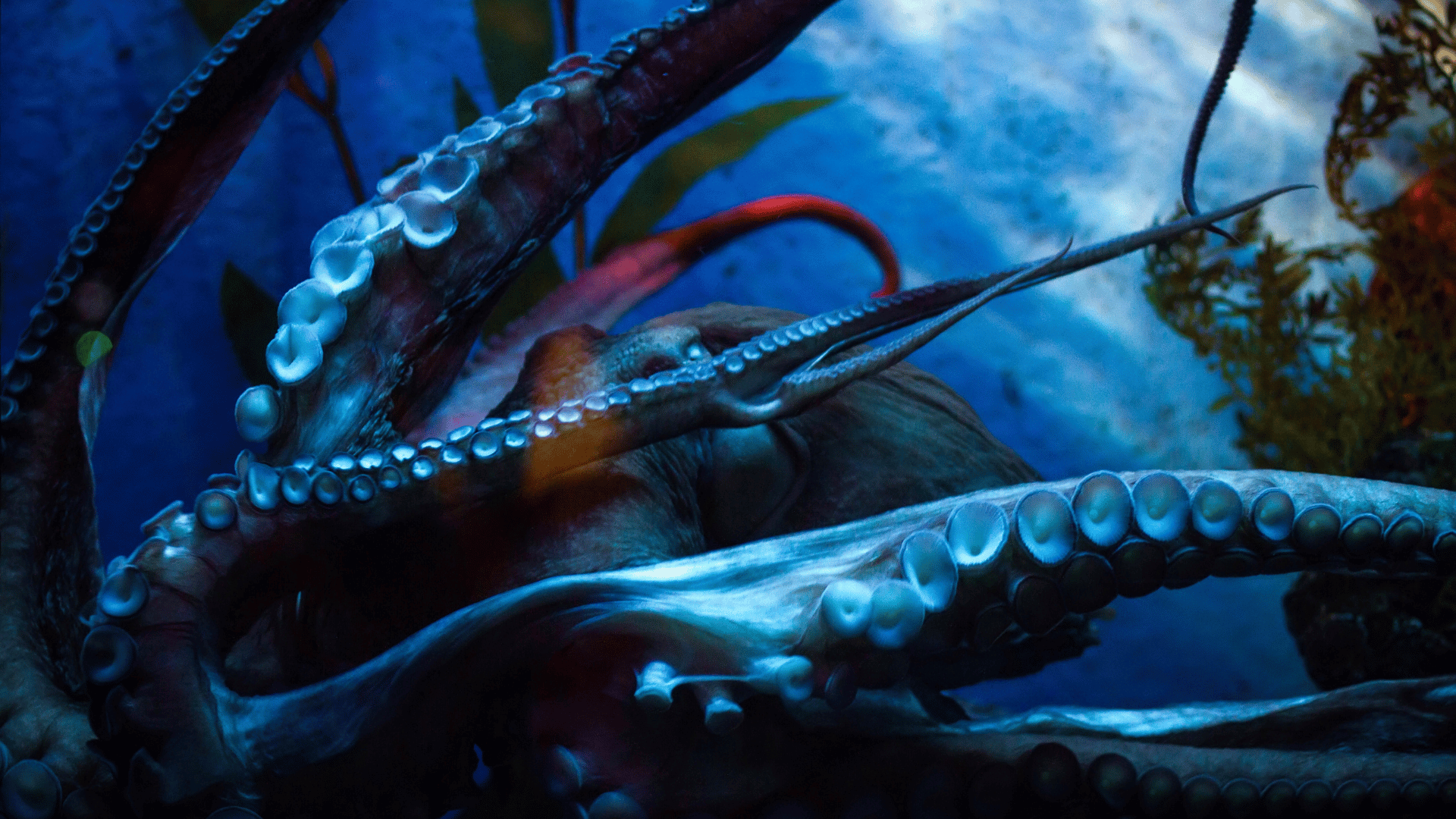
1. Jellyfish bodies have an outer layer called the epidermis; a middle layer made of a jelly-like substance called mesoglea; and an inner layer, called the gastrodermis. Jellyfish have a very basic nervous system allowing jellyfish to smell, detect light, and respond to other stimuli. 2. Scallops clap their shells together to create a jet …
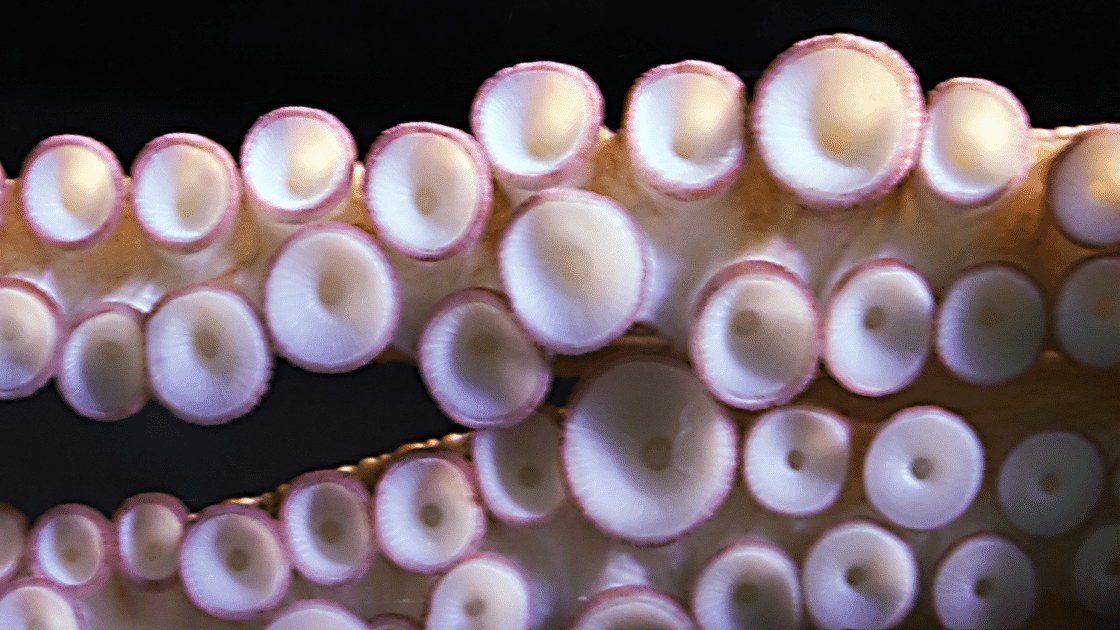
Octopuses have highly developed brains. And have been found to have sophisticated problem-solving abilities, such as being able to open jars and solve mazes. They also have excellent camouflage skills that allow them to blend into their environment and hide from predators.
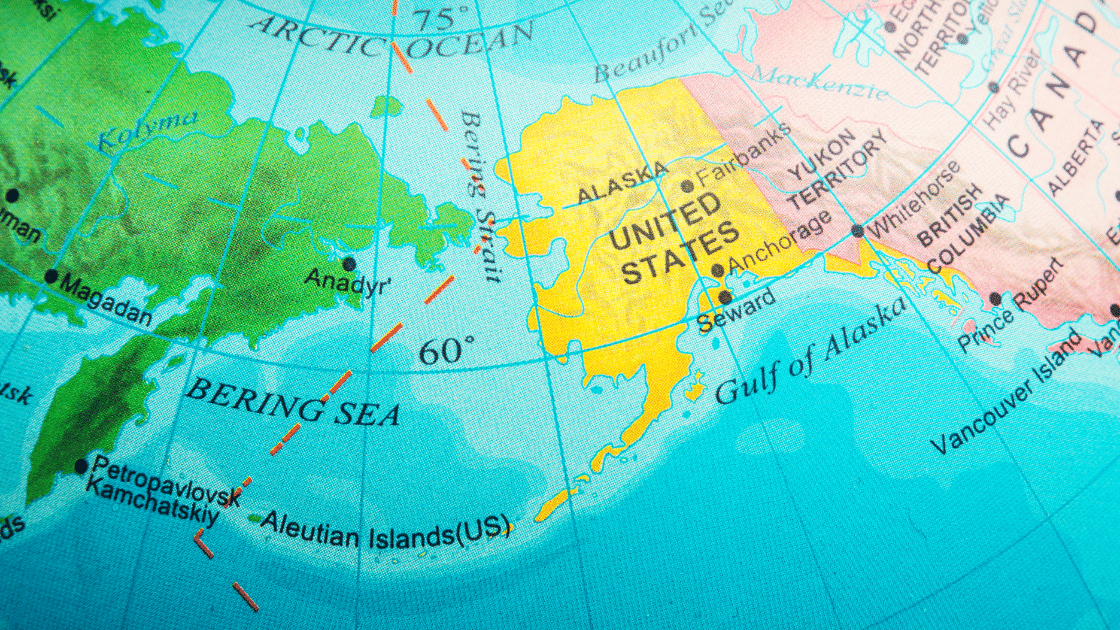
The Bering Sea is between Alaska in the United States and Siberia in Russia. The Bering Sea is between Alaska in the United States and Siberia in Russia. The water can be hard for boats to navigate through huge swells, icebergs, and sea ice. Many kinds of wildlife like whales, seals, sea lions, walruses, puffins, and …
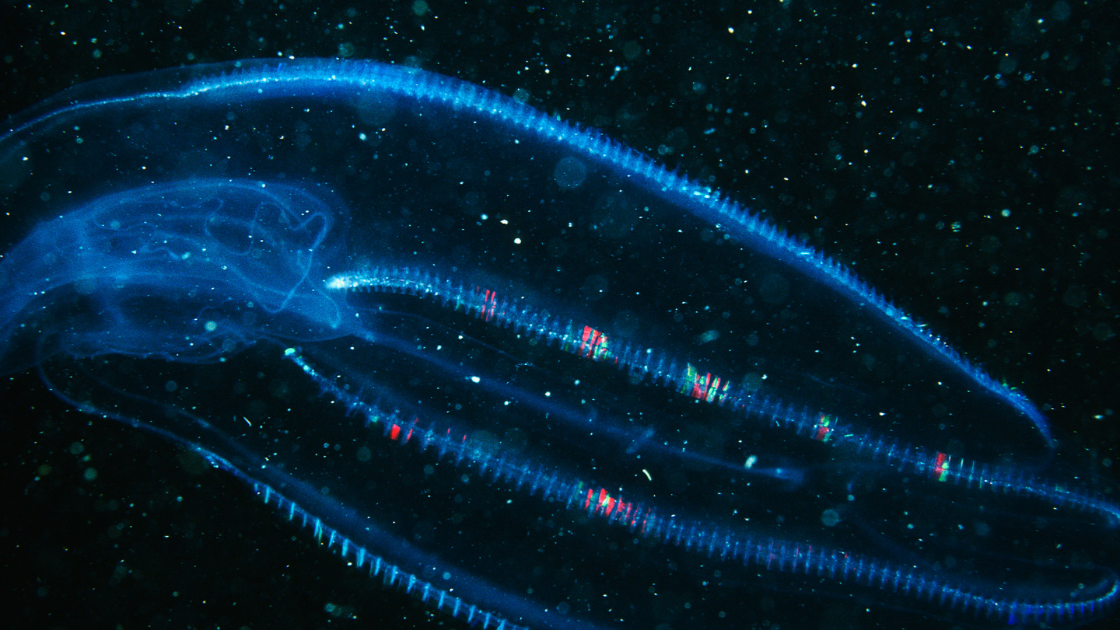
Most comb jellies are bioluminescent and emit blue of green light that can only be seen in the dark. Comb jellies do not have stinging tentacles and they break apart when taken out of water. If you find a comb jelly and would like to observe its shape, gently scoop it out of the water …